Use the right tools for a more efficient workflow and to automate booking meetings
32% of buyers will leave your website for good after a single bad experience. That’s all it takes. One bad experience and they’re gone for good.
So it’s incredibly important that you use the right tools to provide prospects with the best experience possible, especially when booking meetings.
If prospects can easily book a meeting on your website, they’re far more likely to commit. But if your website makes it difficult, you could lose them forever.
So spend some time reviewing some of the scheduling software out there.
Take a look at the route optimization software Track-POD, for example. Its chatbot allows prospects to easily schedule an online meeting as soon as they land on the page.
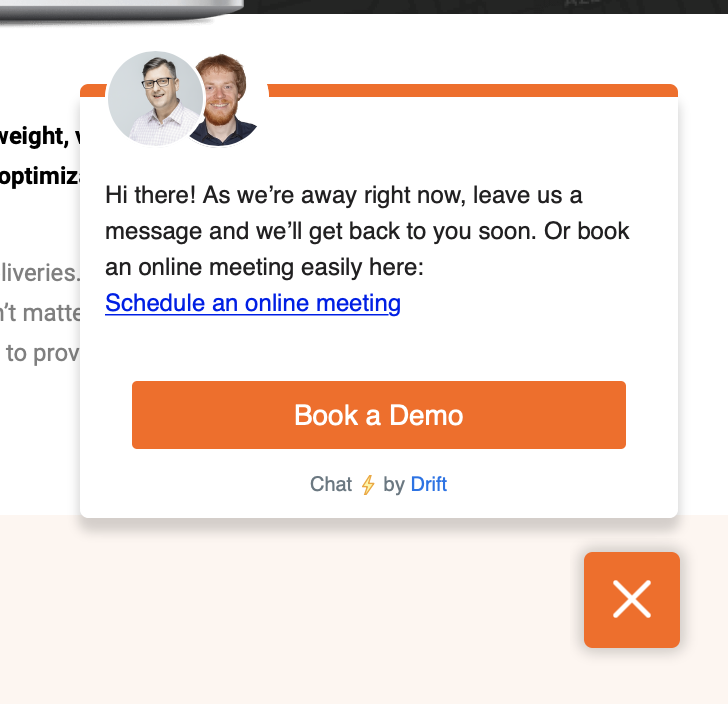
Image source
You might want to consider automating your workflow, too.
Why?
Because with an efficient and streamlined workflow, you spend less time on mundane and repetitive tasks and more time nurturing prospects into sales.
Let’s use invoicing as an example.
Imagine you spend four hours per week invoicing. To reduce this amount of time, use an automated invoice approval workflow.
The automations allow you to create multiple invoices at once, send the invoices to clients, and send follow-ups on overdue payments.
As a result, you spend less time creating, sending, receiving, and verifying invoices. Instead, you can focus your efforts on other areas of your business, like converting prospects.
So think about how you can automate your processes to make your workflow more efficient. It’s a good way to free up time to focus on the tasks that matter.


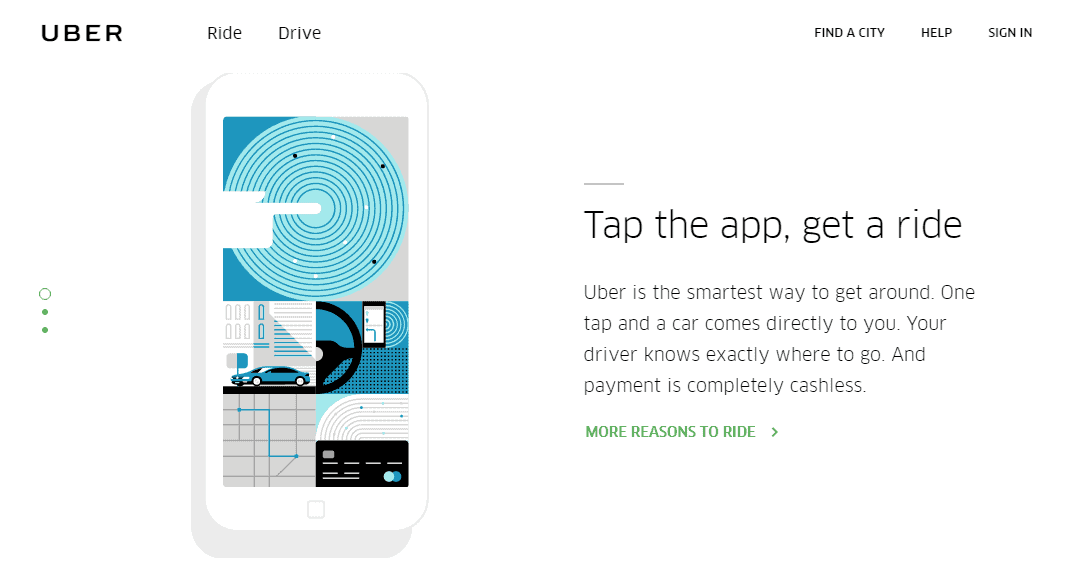
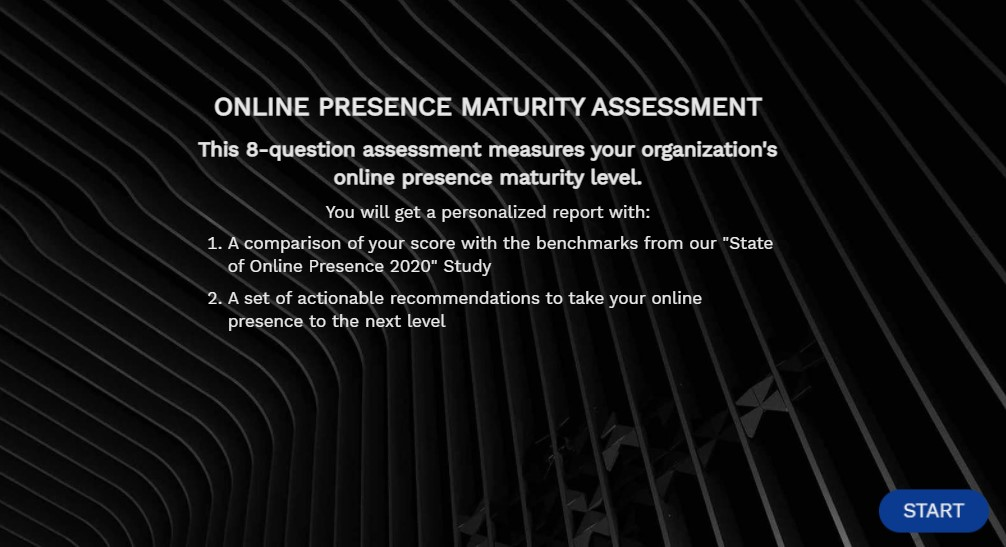
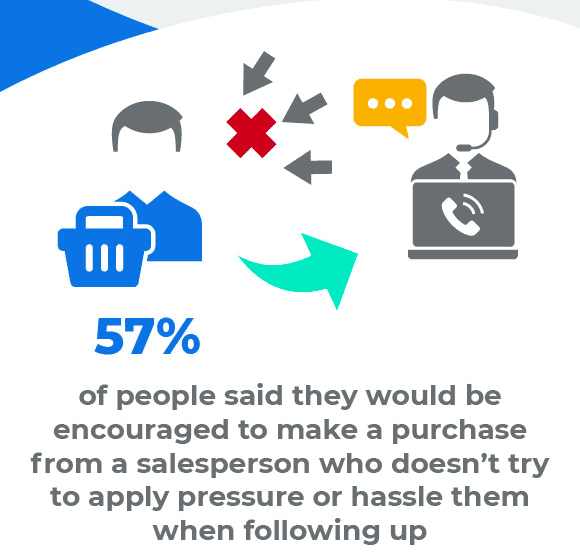
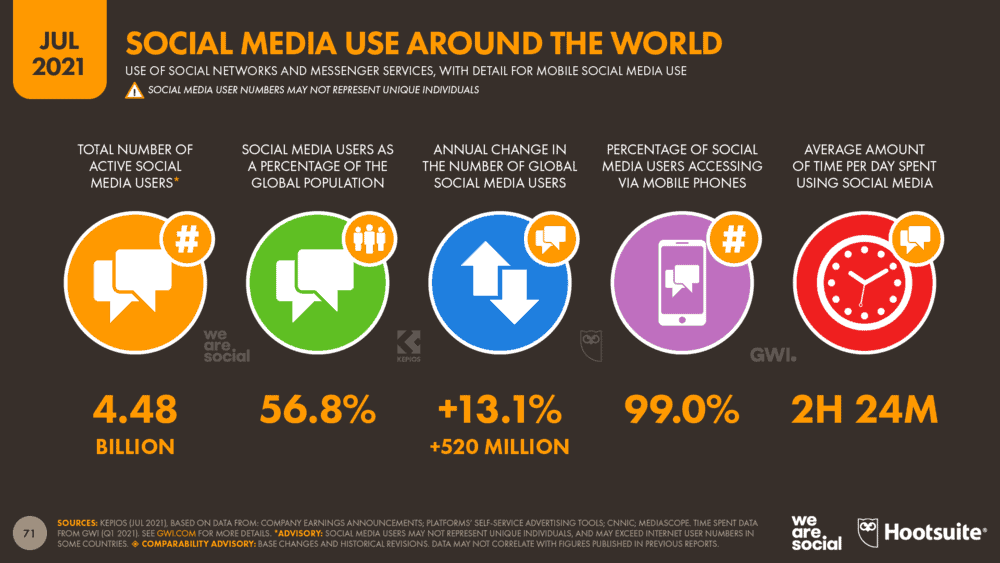




![The Go-To Guide to Sales Forecasting [Top 7 Approaches Explained] The Go-To Guide to Sales Forecasting [Top 7 Approaches Explained]](https://reply.io/wp-content/uploads/sales.forecasting-1024x538.jpg)